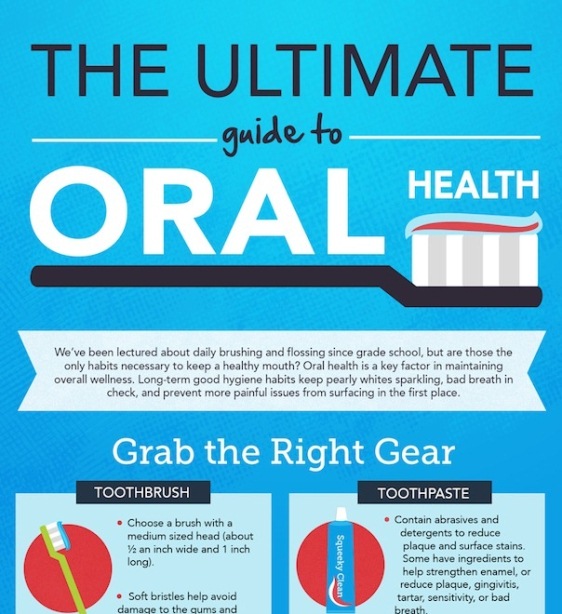Invisalign Vs. Standard Braces: An Extensive Contrast
Invisalign Vs. Standard Braces: An Extensive Contrast
Blog Article
Personnel Author-Bekker Vargas
When confronted with the decision between Invisalign and standard braces, you may wonder which alternative aligns better with your way of living and choices. The choice involves greater than just the aesthetic charm; it explores variables like therapy duration, comfort, and long-term dental health and wellness effects. Think about the effect each option might carry your everyday regimen and self-esteem. As we explore the comprehensive contrast, you'll gain understandings into the subtleties that make these orthodontic therapies unique and discover which one might be the better fit for you.
Products and Construction
When contrasting Invisalign to traditional braces, the materials and building differ considerably. Invisalign includes clear, smooth plastic aligners personalized to fit your teeth. These aligners are basically invisible, making them a preferred choice for those seeking a much more very discreet orthodontic treatment.
On the other hand, typical dental braces entail steel brackets that are glued to your teeth. These brackets are then connected by wires and elastic band, using stress to slowly move your teeth into the wanted setting.
The building of Invisalign aligners allows for a more comfortable fit contrasted to traditional dental braces. The smooth plastic product minimizes irritation to your cheeks and gums, which is a typical issue with steel braces and cords. Additionally, Invisalign aligners are removable, making it simpler to comb and floss your teeth without any blockages.
In contrast, typical braces are taken care of onto your teeth, calling for extra care and time for appropriate upkeep.
Upkeep and Oral Health
The upkeep and oral health methods differ in between Invisalign and traditional braces because of their distinct design and construction.
With Invisalign, you can eliminate the aligners when eating or brushing your teeth, allowing you to maintain your routine dental health routine with no obstructions. It's essential to clean your teeth after consuming before putting the aligners back on to stop food bits from getting entraped and triggering degeneration.
On the other hand, conventional dental braces require additional interest to keep your teeth tidy. Food particles can quickly get stuck in the braces and cables, resulting in plaque accumulation and possible tooth decay. You'll need to utilize special devices like interdental brushes or floss threaders to tidy between the wires and braces successfully.
Regular oral examinations and cleansings are important to make certain that your dental health remains in top condition while putting on traditional dental braces.
Visibility and Appearance
Visibility and visual appeals play a substantial duty in the contrast in between Invisalign and traditional dental braces. When it concerns appearance, Invisalign offers a clear advantage over traditional braces. Invisalign aligners are essentially invisible, making them a prominent choice for those that favor a more very discreet orthodontic treatment option.
Unlike the recognizable steel braces and cables of conventional dental braces, Invisalign aligners are transparent and blend in with your natural teeth, permitting you to grin with confidence throughout your treatment.
Conventional braces, on the other hand, are much more noticeable because of their metal components. While some may opt for vivid bands to personalize their dental braces, others may feel uneasy regarding the exposure of these orthodontic devices. The popular appearance of conventional dental braces can sometimes influence a person's self-esteem, particularly for adults in specialist settings.
https://www.businesswire.com/news/home/20230208005970/en/Align-Technology-Appoints-Karim-Boussebaa-EVP-and-MD-of-iTero-Scanner-and-Services-Business%E2%80%94Yuval-Shaked-to-Leave-Align-End-of-2023
To conclude, when selecting between Invisalign and conventional dental braces, consider your way of living and choices. veneers uses a very discreet and comfy alternative with easy maintenance, while traditional braces provide vivid modification however may affect self-confidence.
Ultimately, the choice needs to be based on what works best for you in regards to aesthetics, ease, and comfort. See to it to speak with your orthodontist to determine one of the most appropriate treatment for your individual needs.
